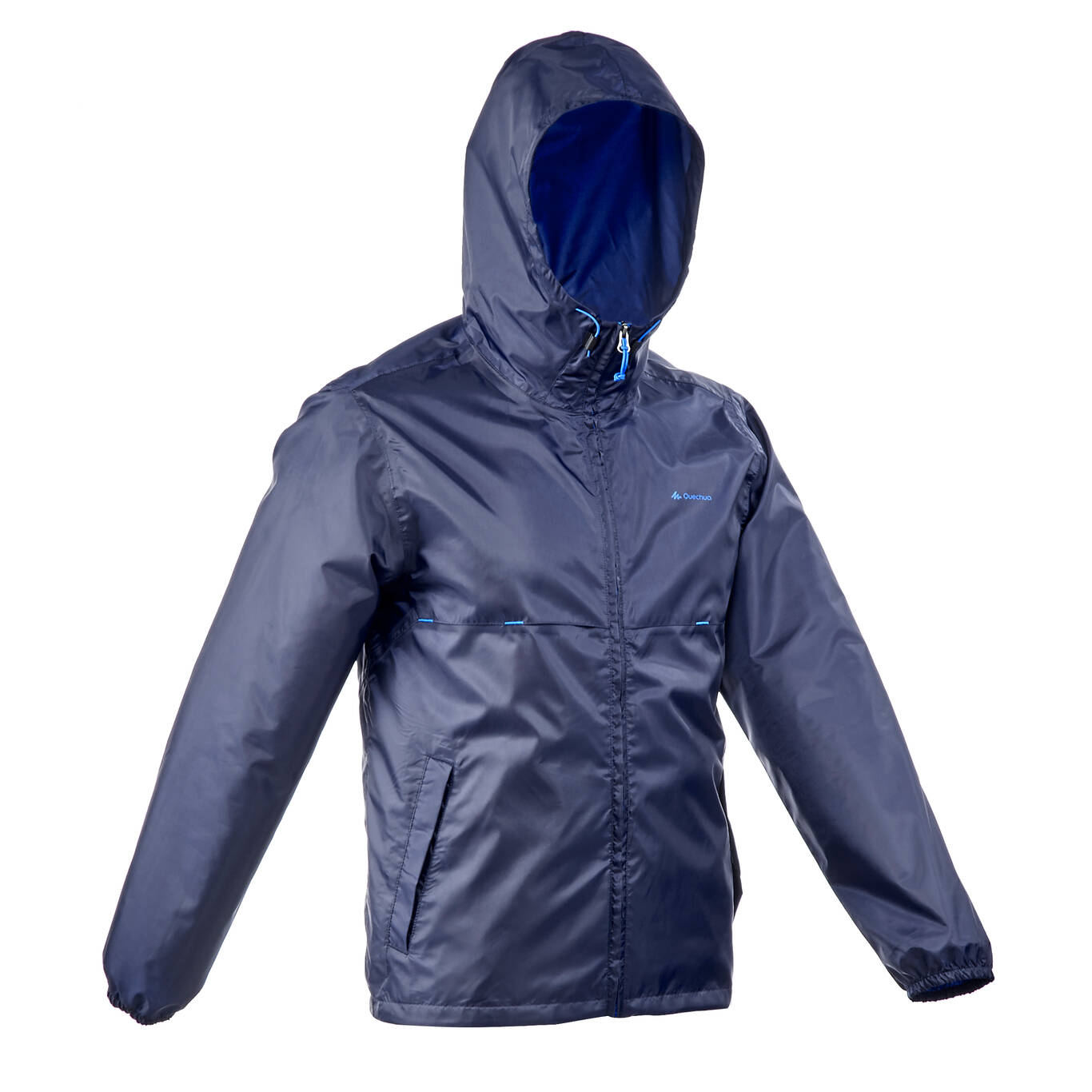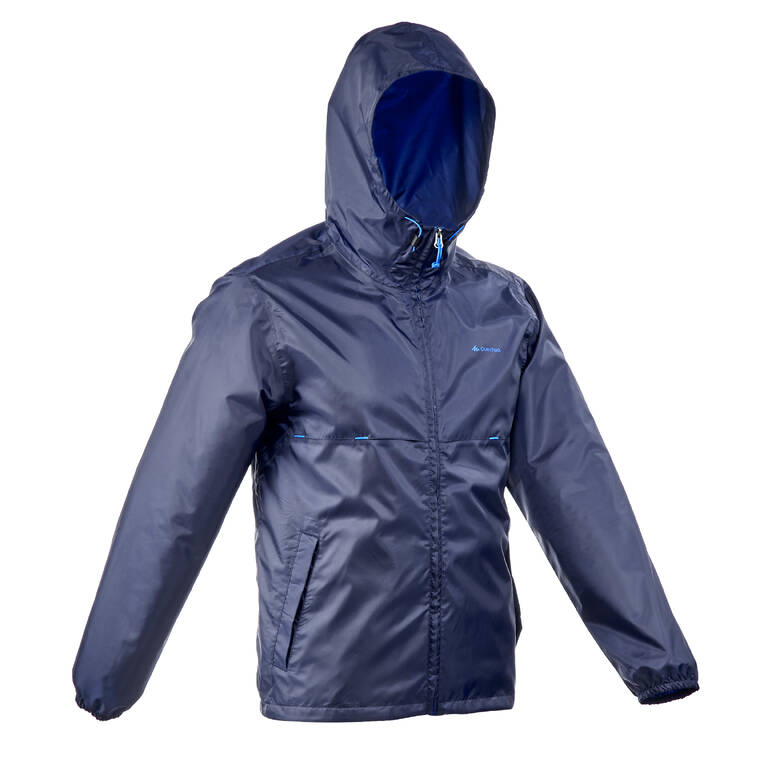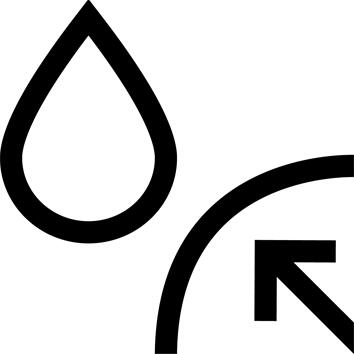Water resistance of the fabric
The waterproofing of a fabric by a coating or a membrane is measured in Schmerbers or H20 mm (pressure of a water column). The higher this number, the more waterproof the fabric.
This jacket is designed with a waterproof coating (JIS 1092 standard): this component resists 5,000 mm H20 (Schmerbers) before washing (equivalent to the pressure exerted by a 5 metre column of water).
Fabric breathability
Our product's fabric is extremely breathable - 12 TER
The breathability of a component is measured by its "Thermal Evaporative Resistance". This is its capacity to let out water vapour produced by the body during activity. The lower the Thermal Evaporative Resistance (TER), the higher the breathability of the fabric.
TER < 9 = extremely breathable fabric
RET <12 = very breathable fabric
RET < 20 = breathable fabric
RET > 20 = slightly to not at all breathable fabric.
Available in S to 4XL
Our priority? That our hiking clothes fit all body shapes and figures! So that everyone who wants to can enjoy hiking trails in complete comfort. That's why this jacket is available from S to 4XL.
How do you maintain the waterproof quality of your jacket over time?
To maintain a durable water-repellent fabric, we recommend reactivating it regularly.
Do this every three washes (it is important to rinse abundantly) or after a dozen uses in the rain.
You can easily reactivate the water repellent property by warming the fabric:
- in a tumble dryer for 15 minutes (synthetic programme),
- with a hair dryer at a distance of 20 cm by going back and forth twice,
- or two strokes with an iron on the delicate setting without the steam function
Choose your waterproof jacket according to your sports effort
During sports activity, the extent to which we perspire depends on the intensity or the duration of the physical effort If the breathability of the fabric is not adapted to your type of physical activity, the perspiration vapour condenses inside the jacket You will feel damp inside this is not rain coming through but perspiration vapour condensing You therefore need to choose a rain jacket according to your type of physical activity. This jacket is designed for 2-hour hikes at no more than 5km/h
Recommended additional product
To protect the lower body as well and have a very effective outfit to protect you against the wind and showers, we recommend the men's NH500 over-trousers.
















 242 pcs sold
242 pcs sold






















